Moscato Giallo Dolce Cantina Pisoni
Informazioni Generali
Description
Moscato Giallo, a member of the rich Moscato family, probably originated in the Eastern Mediterranean and arrived in Italy thanks to the trade of Venetian merchants. Different from Moscato Bianco and Moscato di Alessandria, Moscato Giallo is mainly found in the regions of Trentino Alto Adige, where it is called Goldmuskateller. An early-ripening variety, it is a fresh and fragrant wine, typical of the Trentino tradition, with an unmistakable aroma balanced by a fragrant flavour and a delicate sweetness.
Cultivated according to the Guyot training system, it is grown on the silty-sandy soils of the Cesura estate, owned by the Pisoni family. The grapes are harvested by hand, with a yield that never exceeds 100 quintals per hectare, and are then carefully vinified. After destemming and soft pressing, fermentation is stopped at a controlled temperature with selected yeasts using tank cooling to maintain a residual sugar content of around 27 g/l. The wine matures for 6 months in stainless steel tanks.
Slightly sweet and pleasant, this is a version of the yellow Muscat that is perfect at the end of a meal. It elegantly accompanies dry pastries or festive desserts.
Read More

Designation of origin
Vigneti delle Dolomiti IGT
Grapes
100% Yellow Muscat
Vinification
Destemming, soft pressing, fermentation with selected yeasts in steel tanks
Ageing
In steel tanks for six months
Wine Color
Straw yellow
Taste
Slightly sweet, pleasant
Perfume
Varietal, hints of flowers and yellow-fleshed fruit
Serving Temperature
8-10°C
When to Open
Wine to be consumed within 1-2 years
When to Drink
Good to drink freshly opened
Pairings
Dry pastries, tarts, biscuits, panettone
Company Name
Pisoni
Production Philosophy
Organic












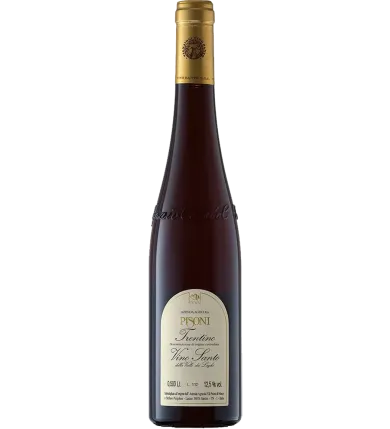
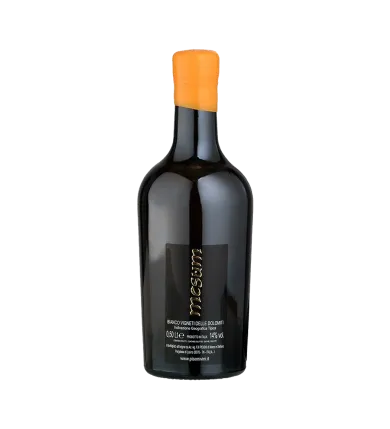

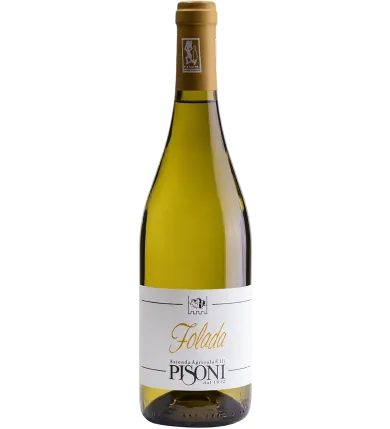

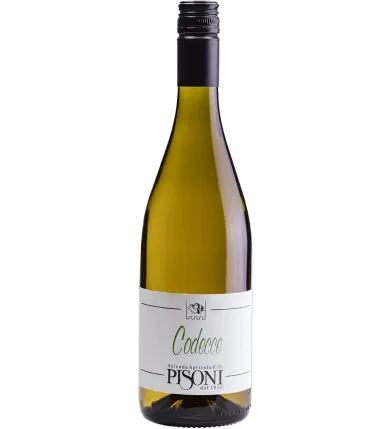

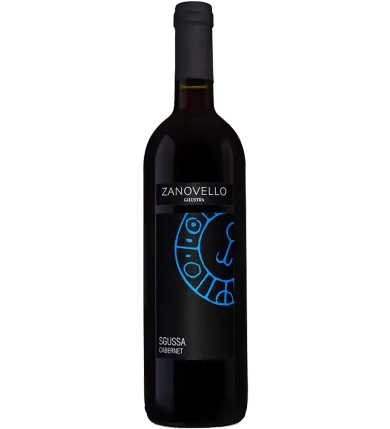
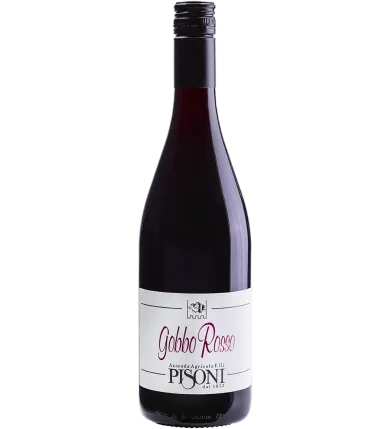
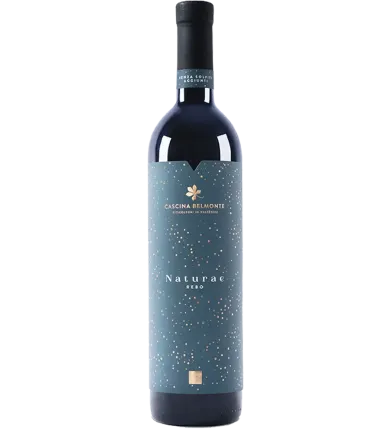

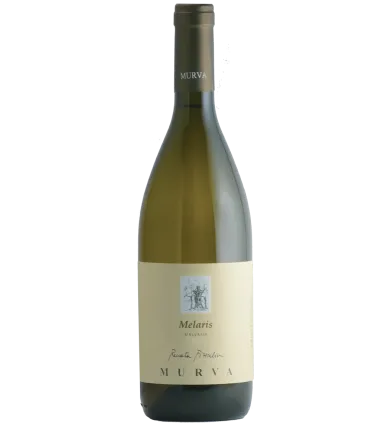


Please complete your information below to login.
Sign In
Create New Account